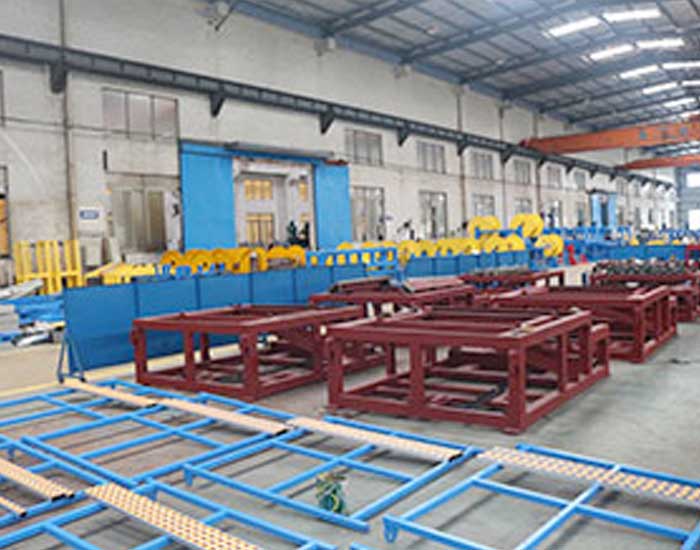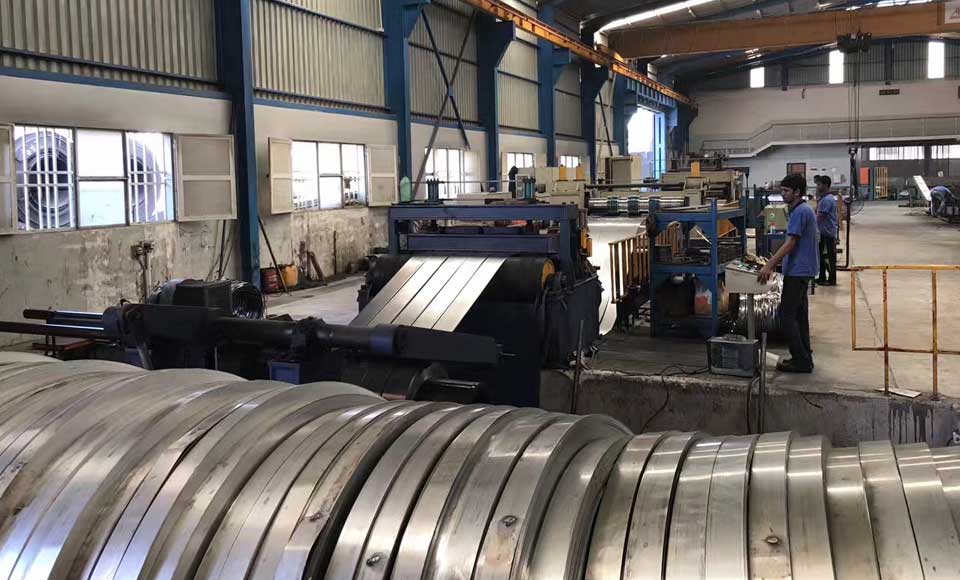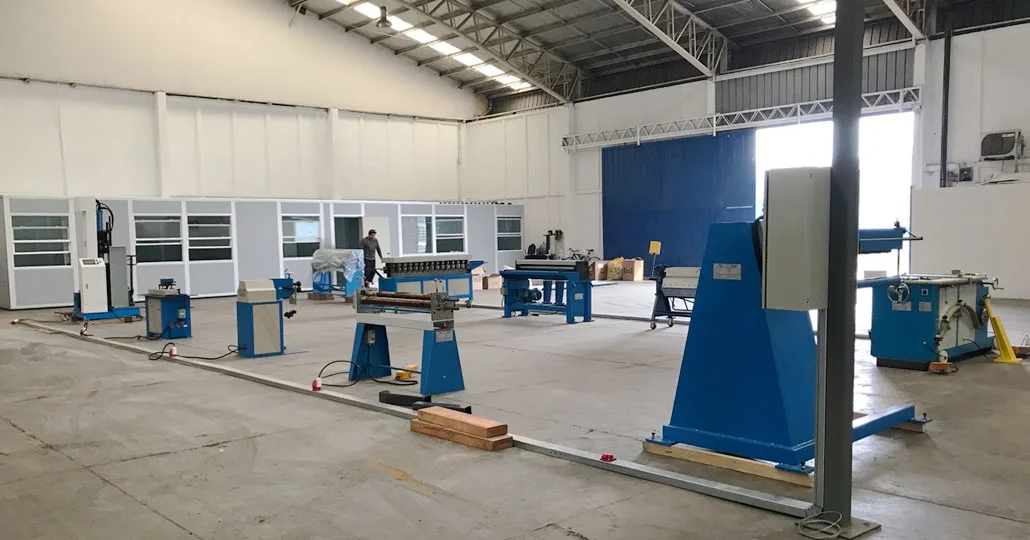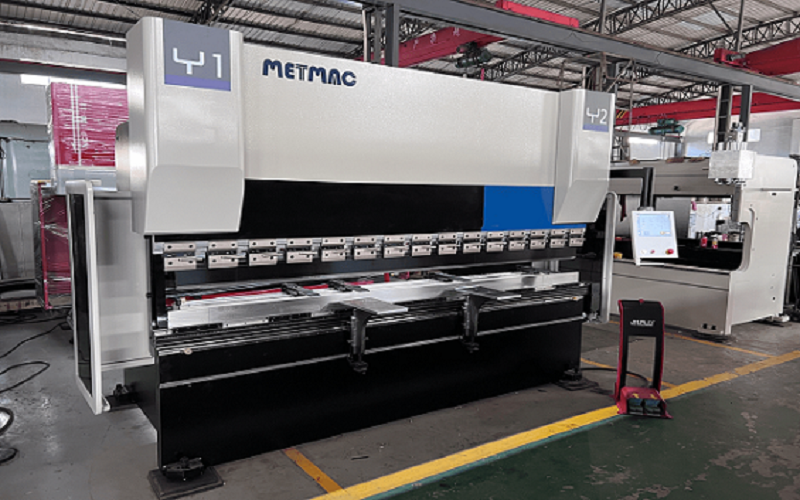
Integrating Smart Technology into Sheet Metal Forming Machines
- By:Metmac
- 2024-07-16
- 77
Introduction
The integration of smart technology into sheet metal forming machines is revolutionizing the manufacturing industry. By leveraging advanced technologies such as artificial intelligence (AI), machine learning (ML), and the Internet of Things (IoT), sheet metal forming machines are becoming increasingly intelligent, efficient, and automated. This article explores the various aspects of integrating smart technology into sheet metal forming machines and the benefits it brings to the manufacturing process.
Enhanced Process Control and Monitoring
Real-Time Monitoring: Smart sensors and IoT devices enable real-time monitoring of machine parameters, such as temperature, pressure, and vibrations. This data provides valuable insights into the performance and health of the machine, allowing operators to detect and address issues before they escalate.
Predictive Maintenance: AI and ML algorithms analyze sensor data to identify patterns and detect potential failures. Predictive maintenance models can forecast maintenance needs based on usage and operating conditions, optimizing maintenance schedules and minimizing downtime.
Improved Quality and Precision
Automated Tooling Adjustments: Smart sensors measure the workpiece dimensions and adjust the tooling accordingly, ensuring accurate and consistent part production. AI-powered optimization algorithms analyze part geometry and material properties to determine the optimal forming settings, resulting in improved part quality.
Defect Detection: Machine vision systems equipped with AI algorithms can inspect formed parts for defects, such as cracks, dents, and misalignments. This enables early detection and rejection of defective parts, reducing scrap rates and ensuring product quality.
Increased Production Efficiency
Automated Process Sequences: Smart technology allows for the automation of process sequences, reducing setup time and increasing throughput. Robots can handle material loading and unloading, while AI algorithms optimize production scheduling to minimize bottlenecks.
Reduced Setup Time: AI-powered systems can automatically calculate optimal forming parameters based on part design and machine capabilities. This significantly reduces the time required for manual setup and ensures consistent part quality across different batches.
Improved Worker Safety and Ergonomics
Remote Monitoring and Control: Smart machines can be remotely monitored and controlled, allowing operators to manage multiple machines simultaneously and from a safe distance. This reduces operator exposure to hazardous areas and improves workplace safety.
Ergonomic Design: AI-driven systems can assist operators with heavy lifting and repetitive tasks, reducing physical strain and improving worker ergonomics. Smart machines can also provide real-time safety alerts and warnings, further enhancing operator safety.
Conclusion
The integration of smart technology into sheet metal forming machines is transforming the manufacturing industry, enabling enhanced process control, improved quality and precision, increased production efficiency, improved worker safety, and reduced operating costs. As technology continues to advance, we can expect even greater advancements in smart sheet metal forming machines, driving the industry towards increased automation, efficiency, and productivity.
-
The Advantages of Using a Sheet Roll Forming Machine in Manufacturing
2024/09/14 -
How to Optimize Your Laser Sheet Cutting Machine for Maximum Performance
2024/09/12 -
How to Maximize Efficiency with Modern Sheet Metal Working Machines
2024/09/04 -
The Environmental Benefits of Using Duct Board Grooving Machines
2024/09/03
-
Enhancing Duct Fabrication with Advanced Duct Beading and Grooving Machines
2025/05/11 -
Efficient Duct Fabrication Solutions with Advanced Grooving and Sealing Machines
2025/05/11 -
Precision Bending Solutions with Metal Plate and Duct Fabrication Machines
2025/05/11 -
Precision and Efficiency with Advanced Sheet Metal Machinery
2025/05/09
-
A Guide to the Latest Innovations in Sheet Metal Folding Machines
2024/11/29 -
Key Features to Consider When Investing in a Sheet Metal Folding Machine
2024/11/28 -
Enhancing Precision with Advanced Sheet Metal Folding Machines
2024/11/27 -
How to Choose the Right Sheet Metal Folding Machine for Your Workshop
2024/11/26



